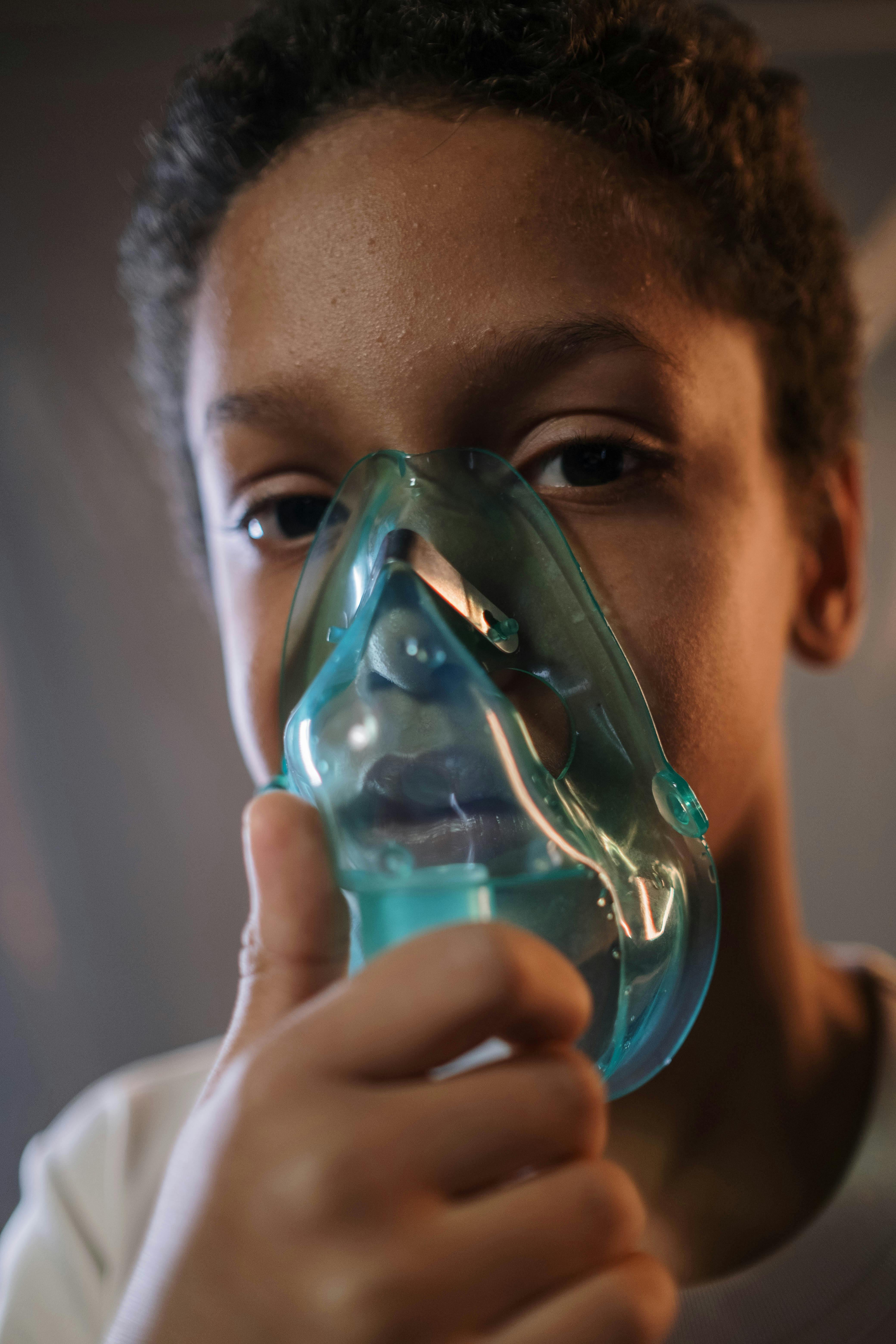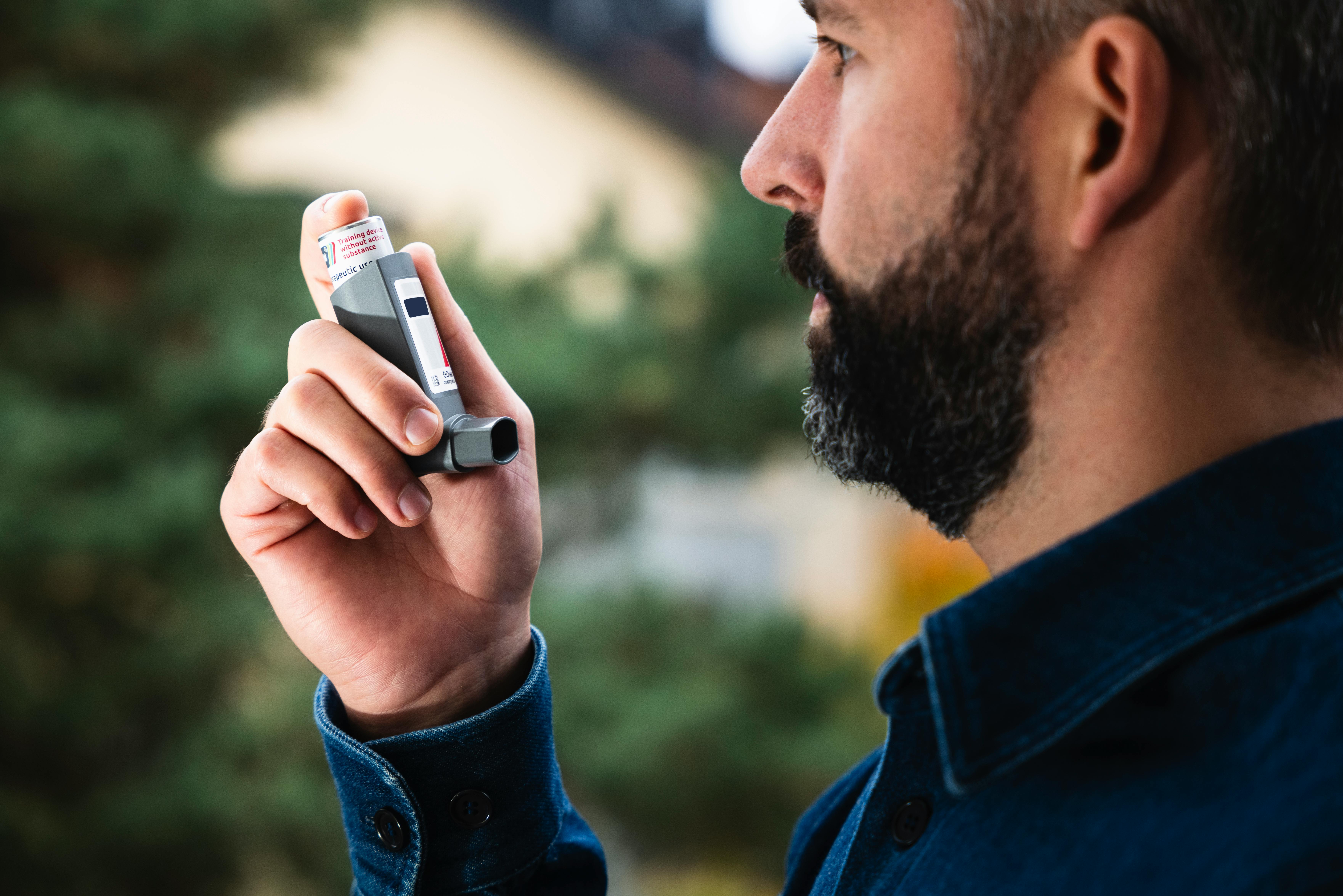Unlocking the Power of Airway Health: A Comprehensive Guide
Breathing is automatic, but the way we breathe can have profound effects on our health. Airway health is increasingly recognized as a cornerstone of overall wellness, influencing everything from sleep quality to cognitive performance. In this guide, you’ll learn the science behind airway function, practical steps to improve it, and how optimizing your airway can enhance your life.

Understanding the Fundamentals
Airway health refers to the condition and functionality of the respiratory tract, including the nose, throat, and lungs. It affects how efficiently oxygen enters the body and carbon dioxide exits. Historically, airway health was only discussed in medical or dental contexts, but now it’s seen as essential to preventive care.
Imagine your airway as a highway for air. If there’s a blockage or inefficiency, your body’s engine (organs and brain) doesn’t perform optimally. Addressing airway issues can significantly improve quality of life, even in people without obvious breathing problems.
1.1 The Role of Nasal Breathing
Nasal breathing filters, humidifies, and warms the air before it reaches the lungs. Unlike mouth breathing, it helps maintain optimal oxygen-carbon dioxide balance. Studies have shown nasal breathing can improve oxygen intake by up to 20% compared to mouth breathing.
Real-world benefits include better sleep, increased energy, and reduced risk of respiratory infections. Many people mistakenly believe mouth breathing is harmless, but over time, it can lead to structural changes in the face and jaw.
1.2 Oral Posture and Airway Stability
Oral posture refers to the resting position of the tongue, jaw, and lips. A proper oral posture — tongue on the roof of the mouth, lips sealed, and jaw relaxed — supports optimal airway function. It’s distinct from facial posture but highly interrelated.
Case studies have shown that children who practice correct oral posture often avoid the need for braces or sleep interventions later in life. Conversely, poor posture can contribute to airway obstruction and sleep apnea.
Practical Implementation Guide
Now that you understand the core concepts, it’s time to apply them. Implementing airway health practices doesn’t require major lifestyle changes, but consistency is key. You can expect noticeable results within a few weeks of practice.

2.1 Actionable Steps
- Breathing Retraining: Begin with five minutes of nasal breathing exercises daily, gradually increasing duration.
- Postural Adjustments: Use reminders or apps to maintain proper oral posture throughout the day.
- Environmental Optimization: Improve air quality at home by using HEPA filters and avoiding allergens.
2.2 Overcoming Challenges
Common obstacles include nasal congestion, habitual mouth breathing, and inconsistent practice. Solutions include saline rinses, mouth tape during sleep (with medical advice), and breathing coaching. Warning signs like dry mouth, snoring, or frequent yawning indicate airway issues.
Experts suggest tracking your progress with a breathing journal or using wearable devices that monitor oxygen levels and breathing patterns during sleep.
Advanced Applications
For those ready to go beyond the basics, advanced airway techniques offer greater benefits. These methods are particularly useful for athletes, chronic disease patients, and individuals recovering from respiratory illness.

3.1 Myofunctional Therapy
This therapy involves exercises to strengthen the tongue, lips, and facial muscles. Clinical studies have shown it reduces symptoms of obstructive sleep apnea by 50% in adults and 62% in children. Athletes also use it to improve performance by enhancing oxygen efficiency.
3.2 Integration with Sleep Medicine
Advanced airway management can be integrated with sleep studies and CPAP therapy. Ensuring your airway remains open during rest reduces fatigue and improves mental clarity. It’s vital to assess compatibility between devices and natural airway structure for optimal results.
Future Outlook
The future of airway health is promising, with innovations in wearable technology, AI diagnostics, and biofeedback tools leading the way. Emerging treatments like personalized oxygen therapy and robotic-assisted airway correction are on the horizon.
To stay ahead, adopt daily airway health habits now. As awareness and technology advance, early adopters will benefit the most from enhanced wellbeing and longevity.
Conclusion
Key takeaways include the importance of nasal breathing, maintaining proper oral posture, and applying consistent daily practices. Airway health affects more than just breathing — it influences sleep, energy, and mental performance.
Start improving your airway health today by practicing breathing techniques and evaluating your daily habits. The journey to better wellness begins with every breath you take.
Frequently Asked Questions
- Q: What is airway health? Airway health refers to the functionality and condition of the respiratory tract, ensuring efficient breathing and oxygen delivery throughout the body.
- Q: How do I begin improving my airway health? Start with daily nasal breathing exercises, proper oral posture, and reducing allergens in your environment.
- Q: How long before I see results? Many people notice improvements within 2–4 weeks, though it varies based on consistency and severity of prior conditions.
- Q: Is airway health improvement expensive? Not necessarily. Breathing exercises and posture corrections are free. Advanced treatments like therapy or CPAP can cost more.
- Q: How does airway health compare to other wellness strategies? Unlike diet or exercise, airway health directly impacts every breath, making it a foundational pillar of overall health.
- Q: Is this difficult to learn? Basic techniques are easy to adopt with guidance. More advanced practices may require a coach or medical supervision.
- Q: How does airway health apply in professions like singing or athletics? It enhances lung capacity, stamina, and recovery — vital for performers, athletes, and voice professionals alike.
